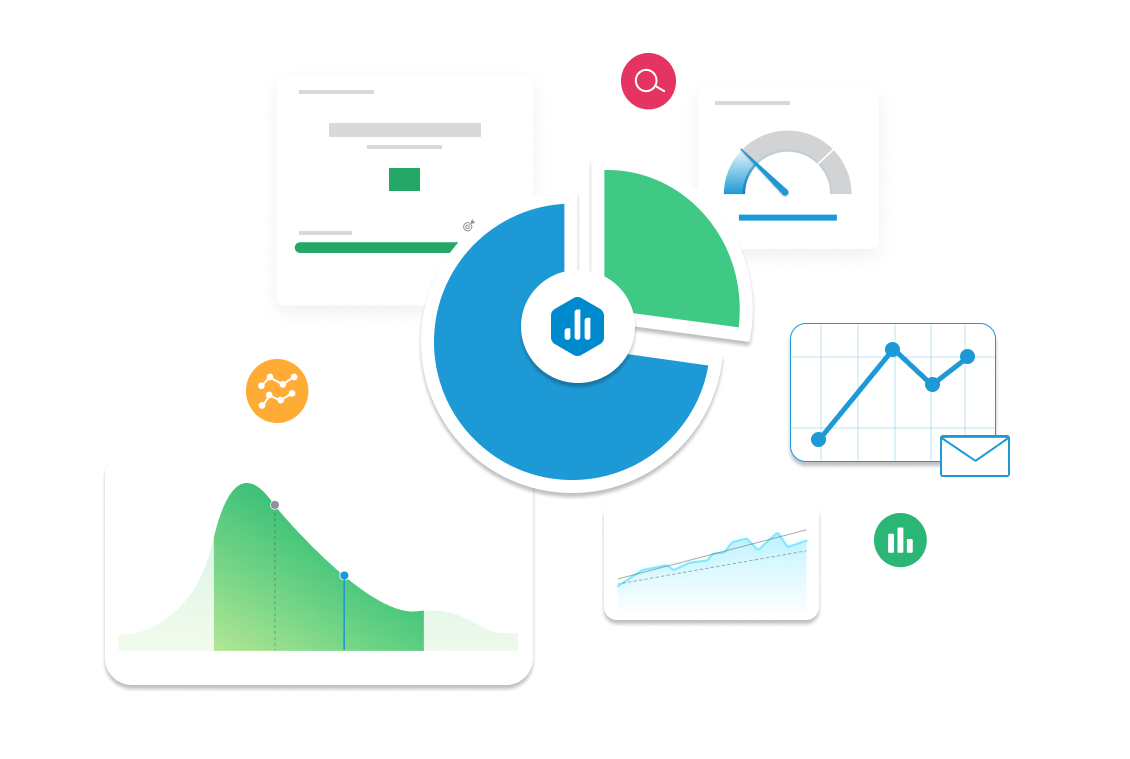Units per Transaction
Discover how Units per Transaction (UPT) helps businesses understand how many items customers typically buy in a single purchase. Learn how to track, analyze, and optimize this KPI to boost basket size and revenue.

| Category |
Marketing, Ecommerce |
|---|---|
| Type |
Lagging Indicator |
| Calculation |
|
| Measure |
Tracks the average number of items purchased in each transaction, helping businesses evaluate cross-sell and upsell performance. |
| Data Sources: |
Shopify, Square, Lightspeed, WooCommerce, BigCommerce, POS systems, Google Analytics (via eCommerce tracking). |
| Frequency |
Tracked daily, weekly, or monthly to monitor sales patterns and optimize store strategies. |
Example target
Increase UPT from 2.5 to 3.0 in Q3 by implementing bundle deals, in-store recommendations, and upselling at checkout.
Example Reports Use Case
A Retail Store Manager tracks UPT to measure how well employees are promoting additional items. If UPT declines, they may train staff on upselling techniques or introduce product bundles.



